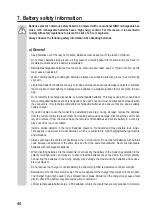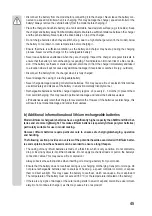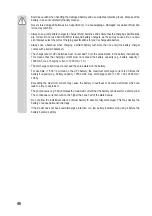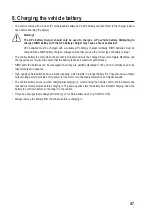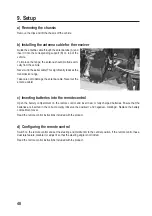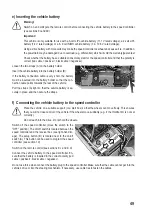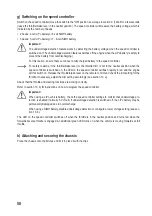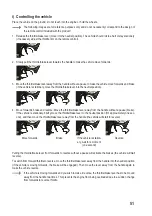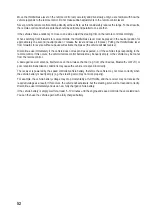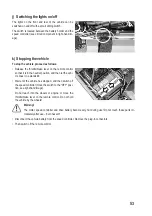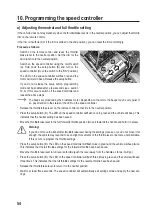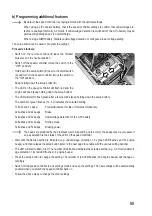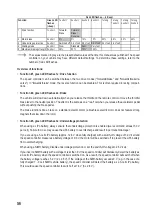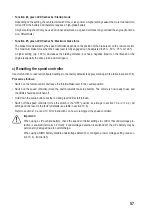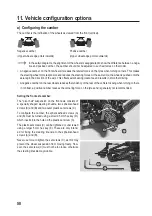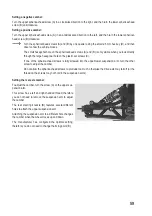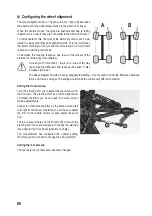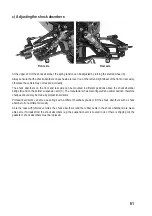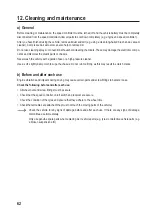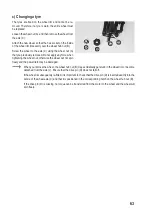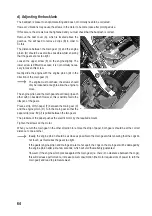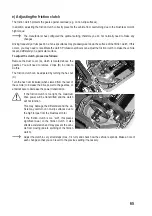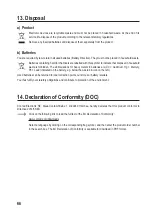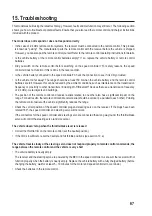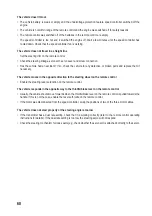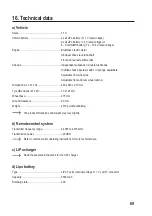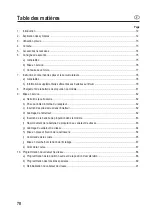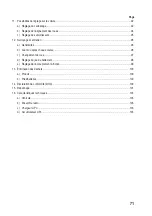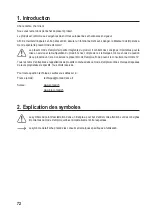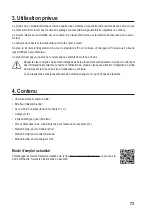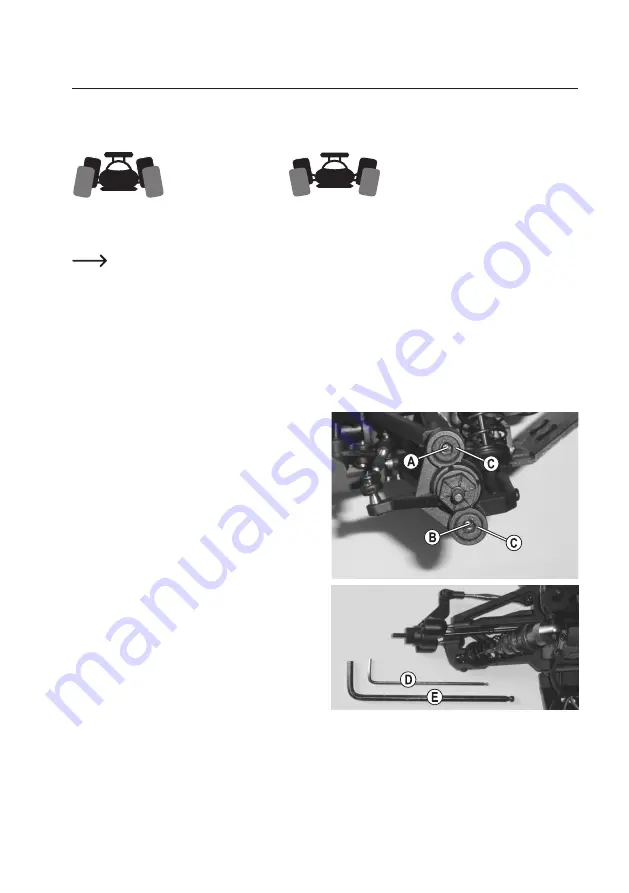
58
11.
Vehicle configuration options
a)
Configuring the camber
The camber is the inclination of the wheels as viewed from the front (vertical).
Negative camber
Positive camber
(Upper wheel edge points inwards)
(Upper wheel edge points outwards)
In these two diagrams, the alignment of the wheels is exaggerated to show the difference between a nega-
tive and positive camber. The camber should not be adjusted to such extremes on the model.
•
A negative camber on the front wheels increases the lateral forces on the tyres when turning corners. This makes
the steering wheel more responsive and reduces the steering forces. At the same time, the wheel is pushed onto the
axle leg in the direction of the axis. This offsets axial bearing clearance and results in smoother driving.
•
A negative camber on the rear wheels reduces the tendency of the rear of the vehicle to swing when turning corners.
•
In contrast, a positive camber reduces the cornering force on the tyres and is generally not recommended.
Setting the front axle camber:
The "pivot ball" suspension on the front axle consists of
a specially shaped steering knuckle, two spherical-head
screws (A) and (B) and two outer plastic set screws (C).
To configure the camber, the spherical-head screws (A)
and (B) must be turned using a small 2.5 mm hex key (D),
which inserts into the hole on the plastic set screw (C).
The plastic set screws (C) can be tightened or unscrewed
using a larger 5 mm hex key (E). These are only intend-
ed for fixing the steering knuckle to the spherical-head
screws (A) and (B).
Never use force to tighten the set screws (C), as this may
prevent the wheel suspension from moving freely. How-
ever, the set screws (C) must not be too loose, otherwise
the steering knuckle may wobble.
Summary of Contents for 1648548
Page 138: ...138 ...
Page 139: ...139 ...

